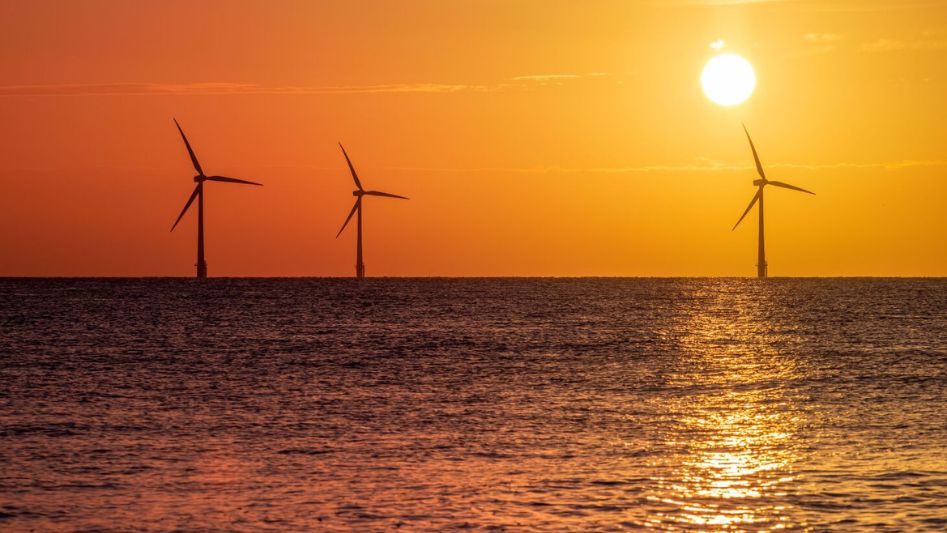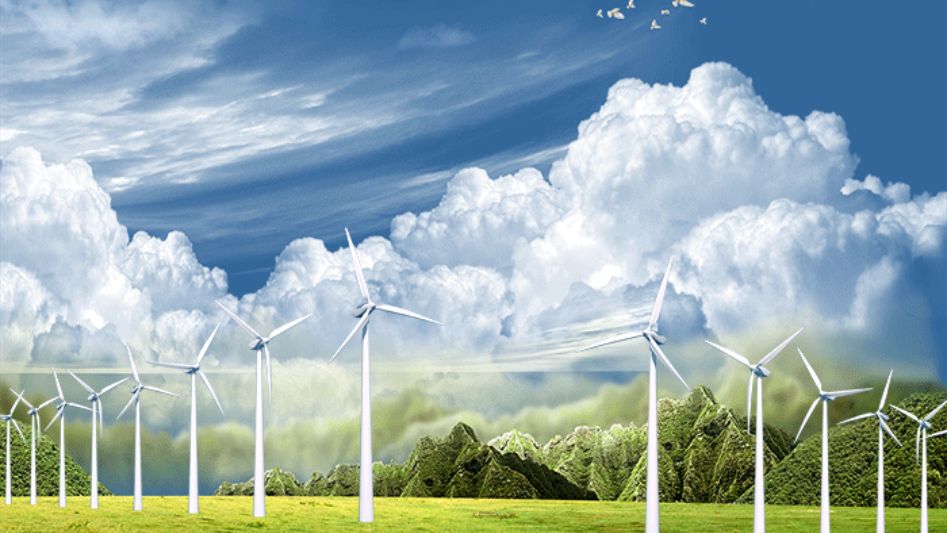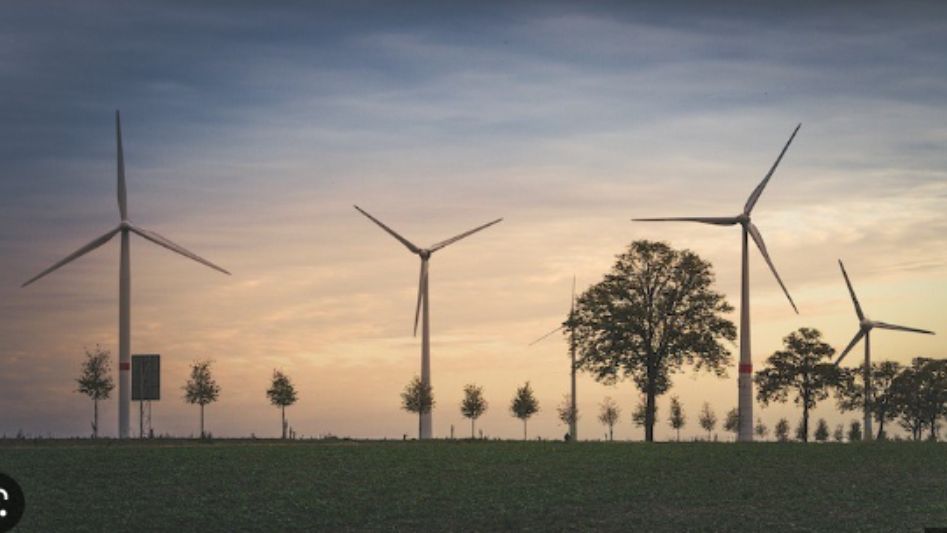Discover the pros and cons of wind energy in this article. Learn about its potential to reduce emissions and ensure energy security, as well as its dependence on weather and impact on wildlife.
Table Of Content
We invite you to read: “How Wind Energy Can Help Mitigate Climate Change”

Benefits of Wind Energy
Clean and Sustainable Energy Sources
Wind energy is a clean and sustainable energy source that does not emit any harmful pollutants or greenhouse gases. Unlike fossil fuels, which are finite resources that will eventually run out, wind energy is renewable and can be harnessed as long as the wind blows.
Cost-Effective
Wind energy is becoming increasingly cost-competitive with traditional fossil fuel sources. The cost of wind energy has decreased significantly in recent years due to technological advancements and increased production. Wind energy is also a low-maintenance energy source, which can result in lower long-term costs compared to other forms of energy.
Job Creation
The development and maintenance of wind farms can create jobs in a variety of industries, including engineering, construction, and maintenance. Wind energy can also help stimulate local economies by providing a source of revenue for landowners and local communities.
Energy Independence
Wind energy can help reduce dependence on foreign oil and increase energy independence. The use of wind energy can also help diversify energy sources, reducing the risk of energy shortages and price volatility.
We invite you to read: “Harnessing the Wind: An Introduction to Wind Turbines and Wind Energy”

Limitations of Wind Energy
Intermittent Energy Source
Wind energy is an intermittent energy source, meaning that it is not always available when needed. Wind turbines only generate electricity when the wind is blowing, and the amount of energy generated can vary depending on wind speed and direction. This variability can make it difficult to integrate wind energy into the power grid and requires backup sources of energy to be available.
Land Use
Wind turbines require large areas of land to be installed, which can have environmental and social impacts. The installation of wind turbines can require the clearing of land, which can disrupt ecosystems and wildlife habitats. Wind turbines can also be noisy, which can impact nearby communities.
Visual Impact
The visual impact of wind turbines can be a concern for some communities. The installation of wind turbines can change the aesthetic of a landscape, and some people find them unattractive.
Wind Energy Transmission
Wind energy is often generated in rural areas, which can be far from urban centers where the energy is needed. The transmission of wind energy can be challenging, and the construction of transmission lines can be costly and have environmental impacts.
We invite you to read: “How Wind Energy Can Contribute to a Zero-Carbon Future”

Conclusion
Wind energy is a clean and sustainable energy source that has numerous benefits, including cost-effectiveness, job creation, and energy independence. However, wind energy also has limitations that must be considered, such as its intermittency, land use requirements, visual impact, and transmission challenges. Despite these limitations, wind energy is an important component of the transition to a cleaner, more sustainable energy system. As technology continues to improve and the costs of wind energy decrease, it is likely that wind energy will become an even more important source of renewable energy in the years to come.
FAQ
What are the limitations of wind energy?
Wind energy is an intermittent energy source, requires large areas of land, can have a visual impact, and transmission can be challenging.
How does wind energy work?
Wind turbines are used to capture the kinetic energy of the wind and convert it into electricity. The blades of the wind turbine are turned by the wind, which spins a generator that produces electricity.
Is wind energy a reliable source of energy?
Wind energy is an intermittent energy source, meaning that it is not always available when needed. The amount of energy generated can also vary depending on wind speed and direction. However, advancements in technology are making wind energy more reliable and cost-effective.
How much electricity can a single wind turbine generate?
The amount of electricity generated by a single wind turbine can vary depending on its size, wind speed, and other factors. However, a typical onshore wind turbine can generate between 2 to 4 megawatts of electricity.
Can wind energy be used on a small scale?
Yes, wind energy can be used on a small scale to generate electricity for homes or businesses. Small wind turbines can be installed on rooftops or in backyards, and can help reduce electricity bills and carbon emissions.
You May Also Like
- Why Wind Energy is an Essential Part of the Renewable Energy Mix
- Blowing in the Right Direction: The Rise of Wind Energy for IOT Applications
- Martian Wind Energy: A Science Fiction Look at the Possibility of Wind Turbines on Mars
- The Sky’s the Limit: Understanding the Potential of Kite Turbines for Wind Energy
- Unlocking the Benefits of Wind Energy: Why Going Higher is Better

